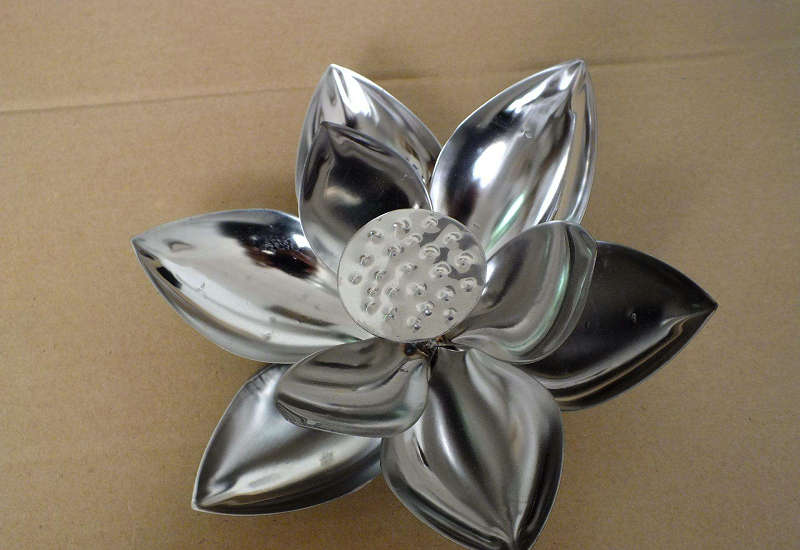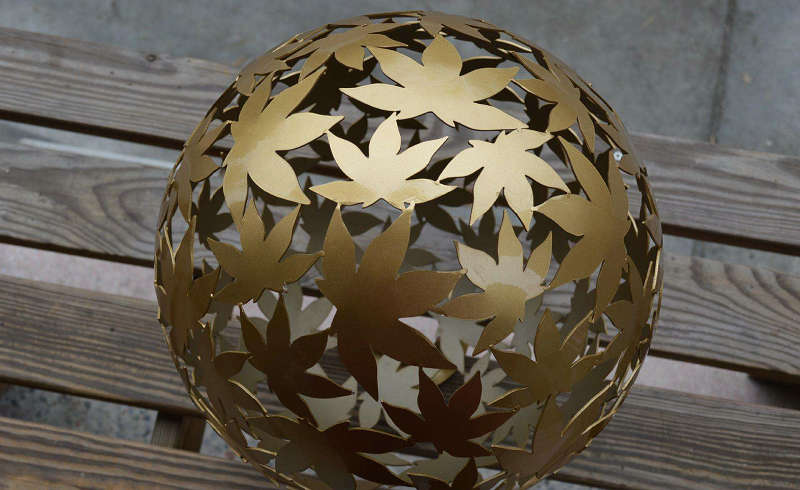
CNC Machining Stainless Steel Parts China Factory
Stainless Steel Is Short For Stainless Acid-Resistant Steel. Weak Corrosive Media Such As Air, Steam And Water Resistance Or Stainless Steel Is Called Stainless Steel.
The Kind Of Steel That Is Resistant To Chemical Corrosion Medium (Acid, Alkali, Salt, Etc.) Is Called Acid-Resistant Steel.
Because Of The Difference In Chemical Composition Between Them, Their Corrosion Resistance Is Different. Common Stainless Steel Is Generally Not Resistant To Chemical Medium Corrosion, While Acid-Resistant Steel Is Generally Stainless. The Term “Stainless Steel” Refers Not Only To One Kind Of Stainless Steel, But Also To More Than One Hundred Industrial Stainless Steels. Each Stainless Steel Developed Has Good Properties In Its Specific Application Fields.
The Key To Success Is First To Understand The Use, And Then To Determine The Correct Steel Grade. There Are Usually Only Six Types Of Steel Related To The Application Of Building Structures. They All Contain 17-22% Chromium And Nickel In Better Steel Grades. Addition Of Molybdenum Can Further Improve Atmospheric Corrosion, Especially Resistance To Chloride-Containing Atmospheric Corrosion.
Stainless Steel Refers To The Steel Which Is Resistant To Weak Corrosion Medium Such As Air, Steam And Water, And Chemical Corrosion Medium Such As Acid, Alkali And Salt, Also Known As Stainless Acid-Resistant Steel. In Practical Application, Steel Resistant To Weak Corrosion Medium Is Often Called Stainless Steel, While Steel Resistant To Chemical Corrosion Medium Is Called Acid-Resistant Steel. Because Of The Difference In Chemical Composition, The Former Is Not Necessarily Resistant To Chemical Medium Corrosion, While The Latter Is Generally Stainless. The Corrosion Resistance Of Stainless Steel Depends On The Alloying Elements Contained In The Steel.
Historical Origin
The Invention And Use Of Stainless Steel Dates Back To The First World War. British Scientist Henry Blairley Was Commissioned By The British Army Department’s Arsenal To Study The Improvement Of Weapons. At That Time, The Rifle Bore Used By Soldiers Was Very Easy To Wear And Tear, And Bradley Wanted To Invent An Alloy Steel That Was Not Easy To Wear And Tear.
The Stainless Steel Invented By Bradley Was Patented In Britain In 1916 And Began Mass Production. Since Then, Stainless Steel Discovered By Chance From Garbage Dumps Has Become Popular All Over The World. Henry Bradley Is Also Known As The “Father Of Stainless Steel”.
During World War i, British Guns On The Battlefield Were Always Brought Back To The Rear Because Their Bores Were Worn Out And Unusable. Military Production Department Ordered Bradley To Develop High Strength Wear-Resistant Alloy Steel, Specializing In Solving The Wear Problem Of Gun Bore.
Bradley And His Assistants Collected Various Types Of Steel And Alloy Steels Produced At Home And Abroad, And Carried Out Performance Experiments On Different Types Of Machinery. Then They Selected Suitable Steels To Make Guns. One Day, They Experimented With a Domestic Alloy Steel Containing a Large Amount Of Chromium. After Wear-Resistant Experiments, They Found That The Alloy Was Not Wear-Resistant, Indicating That It Could Not Make Guns. So They Recorded The Experimental Results And Threw Things Into The Corner. a Few Months Later, An Assistant Rushed To Bradley With a Shiny Piece Of Steel And Said, “Sir, This Is The Alloy Steel That Mr. Mullah Sent Me When i Was Cleaning The Warehouse. Would You Like To Experiment And See If It Has Any Special Effect?” “Good!” Bradley Looked At The Bright Steel And Said Happily.
The Experimental Results Show That It Is a Stainless Steel Fearless Of Acid, Alkali And Salt. The Stainless Steel Was Invented By The German Mullah In 1912. However, The Mullah Did Not Know What The Purpose Of The Stainless Steel Was.
Bradley Thought To Himself, “This Kind Of Steel, Which Is Not Wearable But Corrosion-Resistant, Can’t Make Guns. Can It Be Used As Tableware?” He Said That He Could Do It, And Made Stainless Steel Fruit Knives, Forks, Spoons, Fruit Plates And Folding Knives.
 1
1